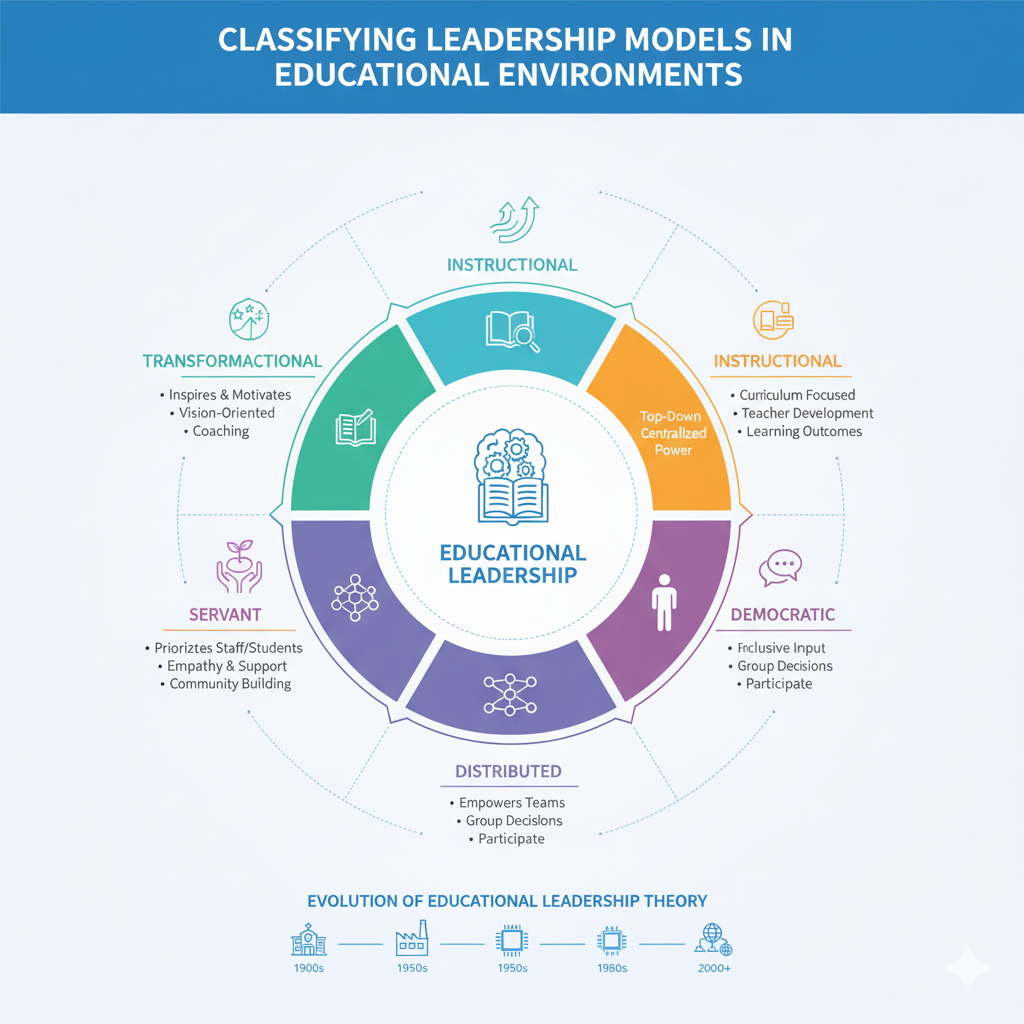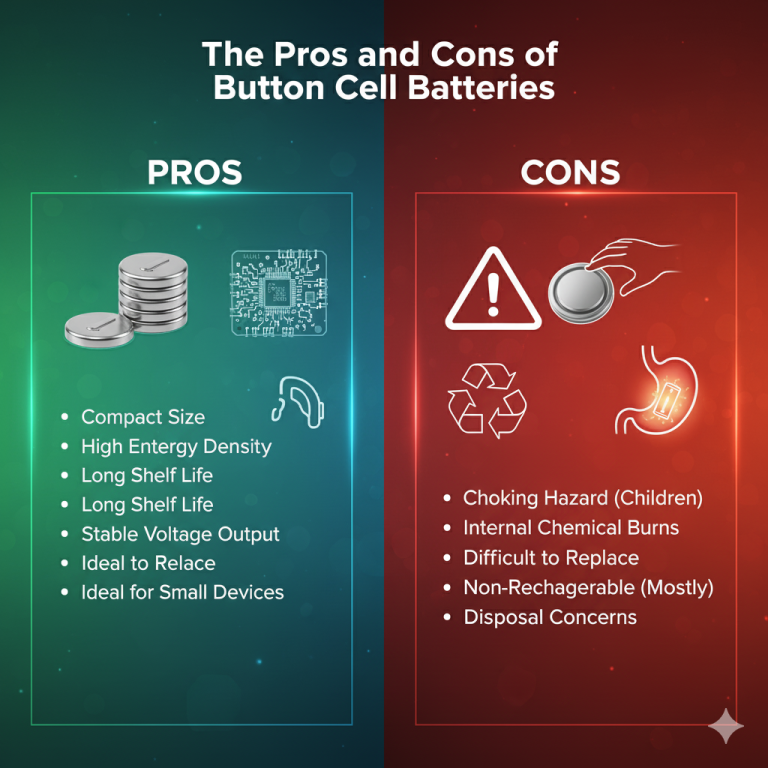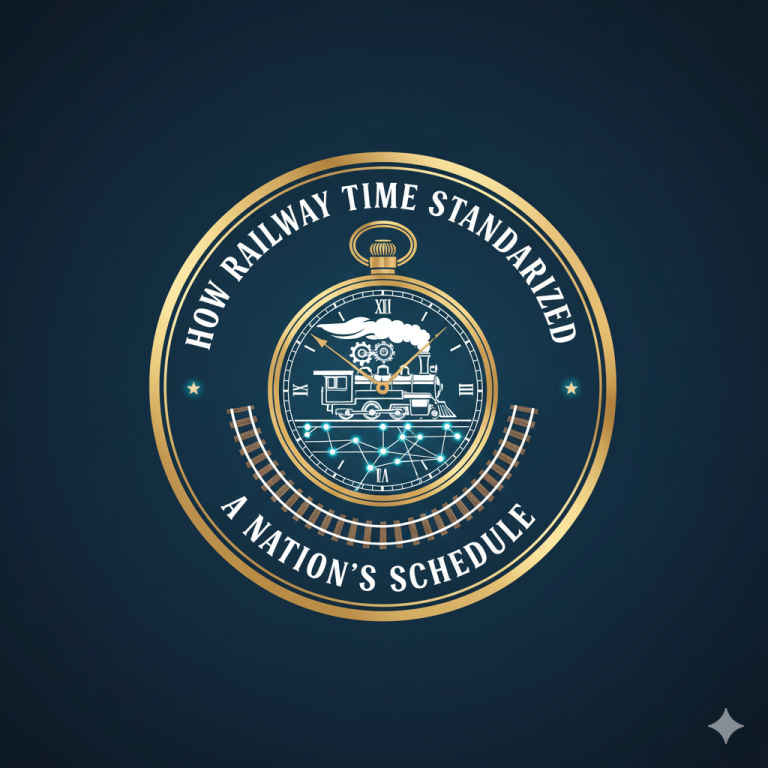Classifying Leadership Models in Educational Environments?
The system of leadership within a classroom or school is rarely a single, pure model but rather a dynamic and often context-dependent educational leadership framework that blends various philosophies. In my observation, the most effective environments typically operate under a transformational leadership model, which is powerfully complemented by distributed leadership practices. This approach is fundamentally centered on a shared vision for student success that is co-created by administrators, teachers, students, and staff. Transformational leaders in this setting are not mere managers; they are inspirational figures who actively work to build a collaborative school culture and foster high levels of teacher autonomy. They motivate through a clear and compelling mission, encouraging innovation and critical thinking at all levels. This is not about top-down control but about empowering every member of the educational community to become a leader in their own right, thereby creating a resilient and adaptive learning organization focused on continuous improvement and collective efficacy.
Simultaneously, the practical day-to-day reality is characterized by a robust distributed leadership model, where leadership tasks and influence are spread across numerous individuals. This is evident in structures like Professional Learning Communities (PLCs), where teacher teams collaboratively analyze student data and refine instructional strategies, and in student-led classroom initiatives that promote ownership of learning. This system effectively decentralizes decision-making power, allowing those closest to the students—the teachers—to make key pedagogical choices. Furthermore, a strong undercurrent of servant leadership is essential, where the primary role of administrators and teacher-leaders is to provide the necessary resources, support, and professional development to empower others. This hybrid model, combining the inspirational drive of transformational leadership with the practical, shared responsibility of distributed and servant leadership, creates a positive and inclusive school climate that is directly correlated with improved student achievement and staff morale.
Frequently Asked Questions
Question: What is the most common flawed leadership model in schools?
Answer: An authoritarian or top-down leadership model, where decisions are made solely by a small administrative group without meaningful teacher or student input, often leads to low morale and resistance to change.
Question: How does transformational leadership directly benefit students?
Answer: It creates a more engaging and supportive school culture, which increases student motivation, improves attendance, and fosters a stronger sense of belonging and purpose.
Question: What is distributed leadership in a classroom?
Answer: It’s when a teacher shares leadership with students through roles like group facilitators, peer tutors, or by involving them in setting classroom norms and learning goals.
Question: Can a school have different leadership models in different departments?
Answer: Yes, it’s common for sub-cultures to form, where one department may exemplify collaborative leadership while another operates more traditionally, leading to inconsistent school-wide outcomes.
Question: What role do students play in these leadership models?
Answer: Students are active participants, especially in distributed and servant leadership frameworks, where their voice, choice, and leadership in their own learning are central to the process.
Question: How is servant leadership different from other styles?
Answer: A servant leader prioritizes the growth and well-being of their team members, focusing on support and resource provision rather than command and control.
Question: What is instructional leadership?
Answer: This is a focused model where school leaders are deeply involved in the curriculum, teaching methods, and assessment, directly working to improve the quality of instruction.
Question: How can a teacher promote a better leadership model in their classroom?
Answer: By explicitly teaching collaboration skills, providing choices in learning activities, and creating a democratic environment where student voice is valued and incorporated.
Question: Are these models relevant in higher education?
Answer: Absolutely, these leadership frameworks are applied at the university department and administrative levels, influencing faculty governance, research direction, and student engagement.
Question: What is the biggest challenge in implementing a distributed leadership model?
Answer: The primary challenge is overcoming traditional hierarchies and ensuring all participants have the trust, training, and time required to effectively share leadership responsibilities.
Keywords: educational leadership framework, transformational leadership, distributed leadership, servant leadership, collaborative school culture, teacher autonomy, shared vision for student success, decentralized decision-making, positive school climate, instructional leadership, student-led initiatives, professional learning communities, building collective efficacy
Tags: #EducationalLeadership #TransformationalLeadership #DistributedLeadership #SchoolCulture #TeacherAutonomy #StudentVoice #ServantLeadership #PLC #Education #ClassroomManagement







